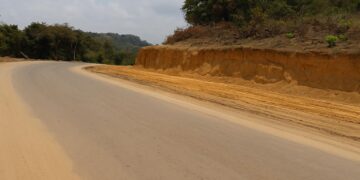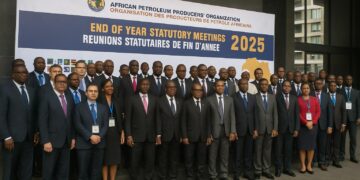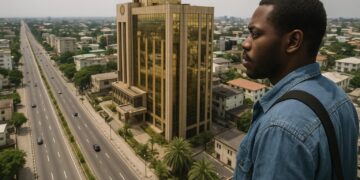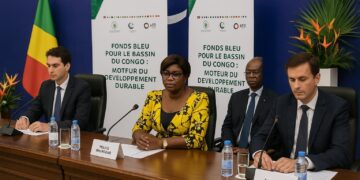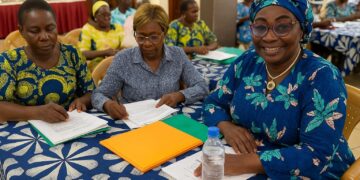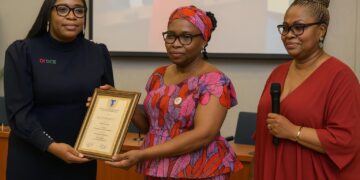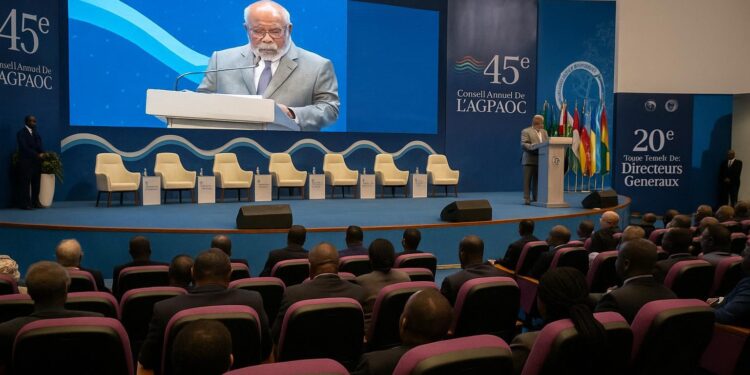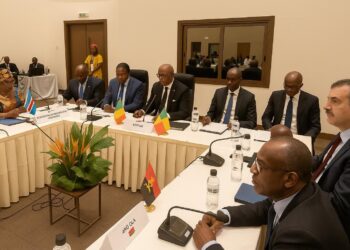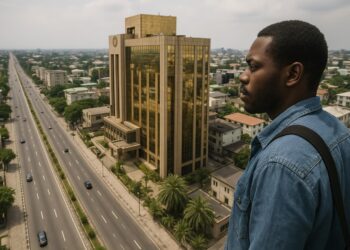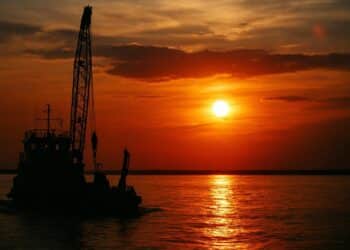Regional quest for unified port strategy
In Pointe-Noire this week, chief executives from twenty-two West and Central African ports gathered for the twentieth AGPAOC roundtable, held alongside the association’s forty-fifth council. Delegates agreed that only a coordinated, sustainable approach can unlock the value of port estates across the sub-region.
Over two days, delegates stressed that land remains the scarcest asset for any harbour authority. Rapid urbanisation, climate pressures and changing shipping technologies squeeze available waterfront, pushing governments to rethink how they regulate, lease and protect strategic parcels.
Modernising legal frameworks across West and Central Africa
Speakers agreed that existing legal frameworks, many drafted decades ago, no longer reflect the competitive environment shaped by larger vessels, digital customs processes and the entry of global concessionaires. Updating those texts was described as a pre-condition for credible investor outreach and inclusive growth.
The forum’s theme, “Re-inventing Port Estate Management for Resilient and Sustainable Infrastructure”, invited participants to explore how environmental licensing, zoning and taxation can be harmonised across borders. Shared standards, they argued, would shorten project lead times and prevent a race to the bottom on fees.
Guarding and expanding scarce waterfront assets
A recurrent field example was the loss of two-thirds of port land originally earmarked in Gabon, as coastal cities gradually expanded over statutory boundaries. Delegates warned that, without immediate action, similar encroachment could erode future logistics capacity in Cameroon, Congo-Brazzaville and Benin.
In Douala, Cameroon’s maritime gateway, the authority reclaimed about seventy-five hectares and dredged fifteen million cubic metres of sediment to recover design depth. The costly exercise showed the financial weight of remedial measures and the value of spatial planning (Douala Port Authority, 2023).
Pointe-Noire itself offered a forward-looking illustration. The port’s 2015 master plan reserves 750 metres of additional quayside, deepened to seventeen metres, specifically for 400-metre-long container ships that now dominate East-West trades. Early preparation, managers noted, positions the Congolese hub for direct calls and trans-shipment deals.
Building logistics zones to drive AfCFTA corridors
AGPAOC experts also emphasised the need to integrate ports with hinterland free-zones and dry-ports. Properly developed logistics parks could streamline regional transit, reduce informal levies at borders and accelerate the implementation of the African Continental Free Trade Area, an ambition repeatedly endorsed by Brazzaville.
Participants called for smarter concession contracts. Instead of flat annual fees, regulators were urged to consider variable royalties tied to throughput, carbon performance and training targets. Such structures, they argued, would align private operators’ incentives with national priorities in job creation and decarbonisation.
Financing models for next-generation infrastructure
Financing remains a decisive bottleneck. Bulk dredging campaigns, breakwater extensions and digital gate systems can each exceed one hundred million dollars. Blended instruments that mix budget resources, multilateral loans and green bonds were cited as promising avenues to spread risk while keeping tariffs competitive.
The roundtable heard that diversified revenue from real-estate leases, energy generation and data centres could reduce ports’ dependency on cargo dues. “The richness of debates will help us question past models and unlock resources to protect and valorise our heritage,” summarised chairman Martin Boguikouma.
Stakeholders nevertheless cautioned that monetisation schemes must respect community rights and environmental thresholds. Mangrove buffers, for example, provide natural flood protection to quays in the Gulf of Guinea. Ignoring such services, experts warned, could invite long-term liabilities that outweigh short-term gains.
Pointe-Noire’s role in Congo-Brazzaville diversification
Digitalisation formed another strand of discussion. Harmonised single-window platforms, already piloted in Cotonou and Tema, were presented as tools to cut clearance times and curb illicit rent. Delegates proposed an AGPAOC task force to map best practice and support late adopters with pooled expertise.
The Pointe-Noire meeting reinforced a view that West and Central African harbours should cooperate rather than compete head-to-head. Joint marketing of regional corridors, shared hydrographic surveys and coordinated training curricula can, participants believe, increase bargaining power with global carriers and equipment suppliers.
For Congo-Brazzaville, the outcomes align with the national commitment to diversify revenues beyond hydrocarbons. A modern, well-governed port estate in Pointe-Noire underpins that ambition by attracting container lines, fertiliser exporters and renewable-energy developers seeking reliable maritime access.
Next steps for the AGPAOC network
Next steps include drafting a comparative audit of member states’ port codes, finalising an action plan on land tenure security and launching a feasibility study on green-financed dredging. The AGPAOC secretariat will circulate timelines ahead of its 2024 council expected in Lomé.
Whether those milestones are met will hinge on the “true synergy” repeatedly invoked by delegates. Yet the mood in Pointe-Noire suggested a quiet confidence that, with coordinated effort, the region’s ports can evolve into resilient engines of trade for decades to come.



